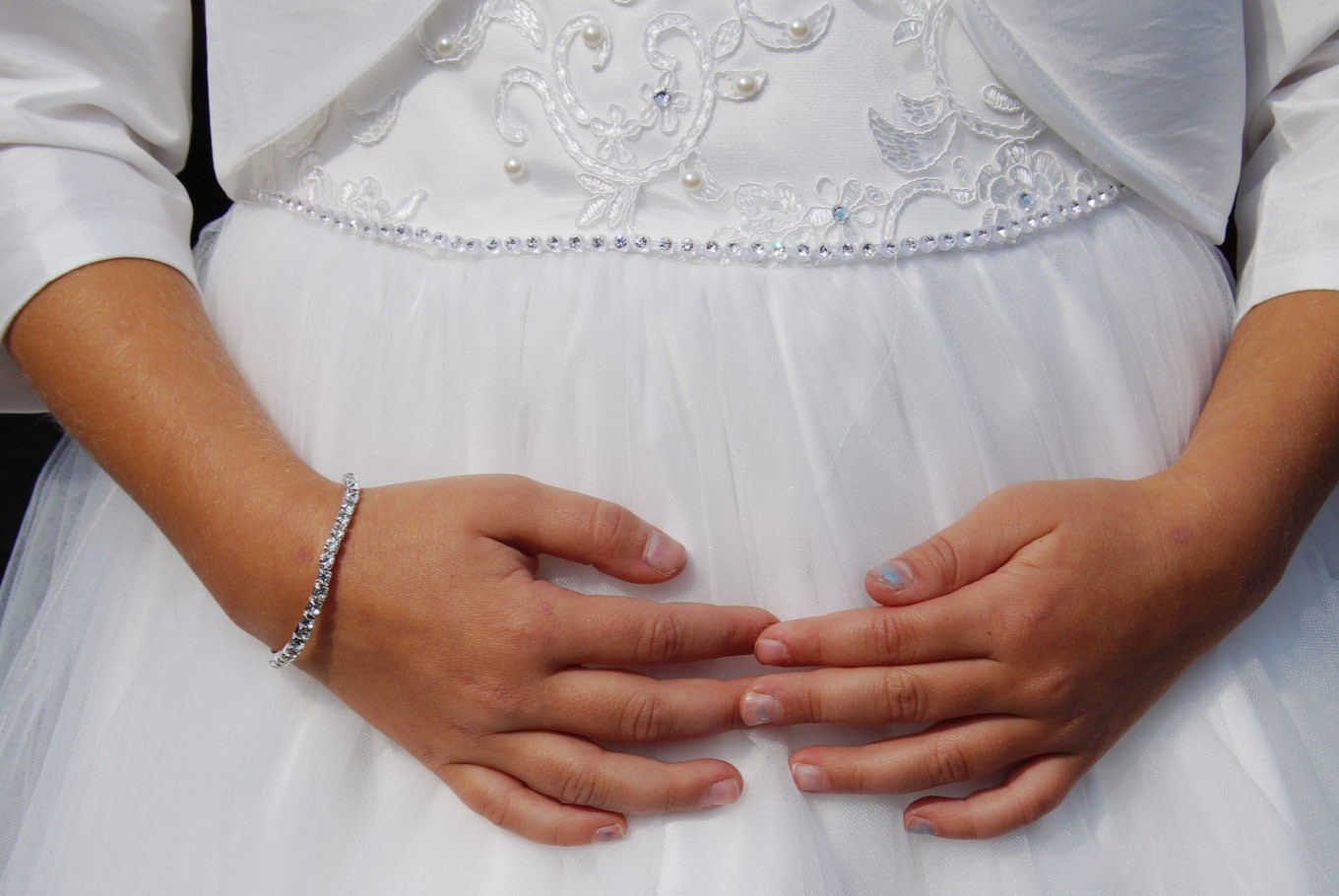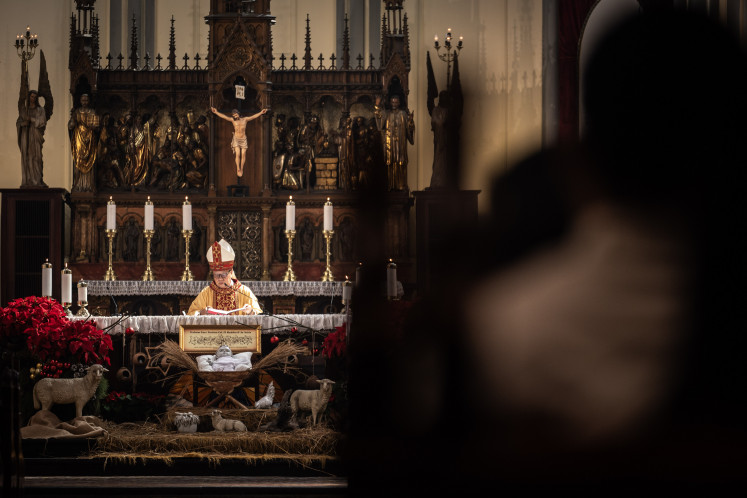Popular Reads
Top Results
Can't find what you're looking for?
View all search resultsPopular Reads
Top Results
Can't find what you're looking for?
View all search resultsTop court introduces handbook on child marriage
Change text size
Gift Premium Articles
to Anyone
T
he Supreme Court published on Friday a manual providing guidance to judges on underage marriage exemptions in courts, in a bid to curb child marriages in the country.
The legal age for marriage among girls was increased from 16 to 19 following an amendment to the Marriage Law in September last year. However, parents can request dispensations for their children from religious courts or district courts, which has been criticized as a loophole.
In response to the amendment, the Supreme Court issued in November 2019 stricter regulation, providing judges with guidance on dealing with exemptions for children facing wedlock before the age of 19.
The court has now introduced a handbook detailing the do's and don'ts for judges when processing underage marriage dispensation to ensure that every judge handling these cases understands their responsibility in reviewing the 2019 regulation.
“Courts are gatekeepers and the last line of defense against child marriage, a very serious problem that could harm the quality of life of our next generation,” Supreme Court chief justice Muhammad Syariffudin said in the virtual launch of the handbook on Friday.
"I hope this manual offers a reference for judges in dealing with marriage dispensation cases and helps them decide what is best for the children,” he added.
The handbook, in line with the Supreme Court regulation, details how judges must educate couples or parents who request exemptions about the potential negative impacts of child marriage on girls' education and reproductive health and the increased risk of domestic abuse. The judges should also seek out recommendations from a child psychologist, medical workers, social workers and officials from the Integrated Care Center for the Empowerment of Women and Children (P2TP2A) before permitting any child marriages.
The handbook also describes how judges are required to hear statements from the children requesting court dispensations to ensure their rulings fit the children's best interests.
"The judges must gain information on the children's educational background, whether they agree to the marriage, whether they are physically, economically and psychologically ready to wed, and whether the groom-to-be has a job to support his future family,” Syarifuddin said.
The Supreme Court, he said, found that dispensation requests filed with religious courts nationwide had continued to increase year after year, with 24,894 requests in 2019, nearly doubling the previous year’s 13,800 requests.
"The number in 2019 was four times higher than that of 2011," he said.
Lelita Dewi, Pariaman Religious Court head in West Sumatra, said a spike in dispensation requests occurred after the higher minimum marriage age was formally introduced in October last year.
“Nine months before the enactment of the revision [to the Marriage Law], we received an average of 1,403 requests every month. But from November 2019 to February 2020, the number increased fourfold with an average of 6,159 requests filed per month,” she said.
Leisha Lister of the Australia Indonesia Partnership for Justice (AIPJ2), however, estimated that child marriages with court approvals only accounted for 5 percent of the total number of underage marriages nationwide, suggesting that the remaining 95 percent were either unregistered or carried out with falsified documents.
A 2019 research study by AIPJ2 found that religious courts also permitted 99 percent of child marriages they handled, granting almost every request for dispensation.
“The average age of girls in these cases was 14.5, and for boys it was 16.5,” Leisha said.
AIPJ2 found that in nearly half of the court dispensation cases, the children seeking to wed did not attend the hearings.
“This means that court rulings were made without judges hearing directly from these children on what their views on marriage were,” she said.
Child marriage has long been a common practice in many parts of the country. At least 22 provinces have child marriage rates above the national average, including South Kalimantan, Central Kalimantan, West Sulawesi, Central Sulawesi and West Nusa Tenggara, according to the 2019 National Social and Economic Survey (Susenas).
Although the prevalence of early marriage among children below the age of 18 decreased from 14.68 percent in 2018 to 10.81 percent in 2019, the percentage of children married under the age of 15 increased from 2018 to 2019, Susenas data show.










